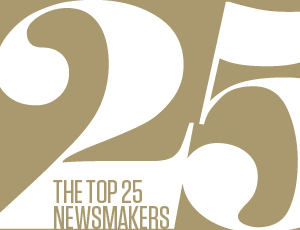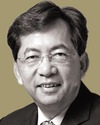
When Singapore's Building and Construction Authority issued its Green Mark guidelines in 2006, the South Asian island city-state moved to the forefront of sustainable design and construction for the 21st century.
The program, a tropical-climate version of the U.S. LEED rating system, immediately gained acceptance in the one-party state, where public policy is put into practice quickly. By 2013, 15 countries had submitted more than 200 projects for certification, according to John Keung, BCA chief executive, who led the rollout of Green Mark's third iteration in 2013.
It is not surprising that Singapore would assume a leadership role. With a population of five million occupying an area about half the size of New York City, the country is wealthy, technologically advanced and ranks high in Transparency International's integrity index of least public corruption.
 |
| KEUNG |
With one-party rule, "we are a governmental agency developed by the building authority in the city," Keung says. "We are in a better position to make sure you build according to design. If you don't, you don't get a building permit."
Singapore imports all its energy, so research and development is important, says Keung, who studied urban planning in Canada, the U.K. and France. "We need to innovate, push the boundary [and] go into R&D to encourage better design."
Under Keung, BCA is finding success: 21% of the square footage of publicly owned buildings meets Green Mark certification. The goal is 80% by 2030.
The program's current version focuses on energy efficiency, with incentives to developers willing to make the necessary up-front investment to cut energy costs over a building's life cycle. "Increasingly, we are seeing developers going green because of the incentive program," Keung says.


Post a comment to this article
Report Abusive Comment